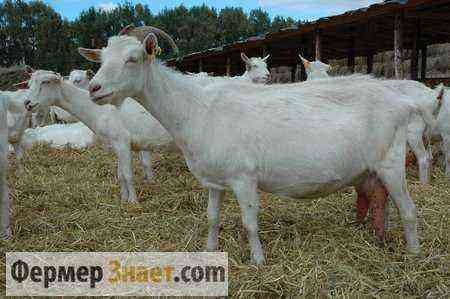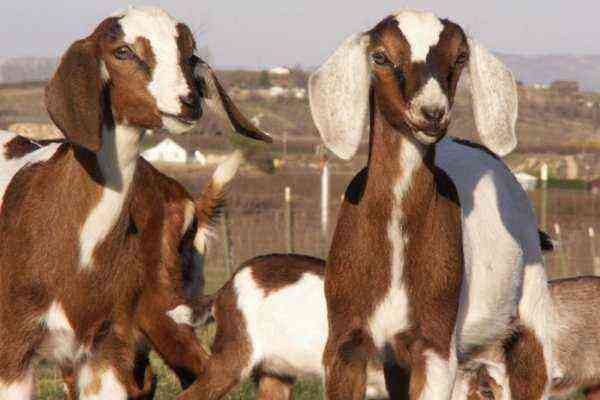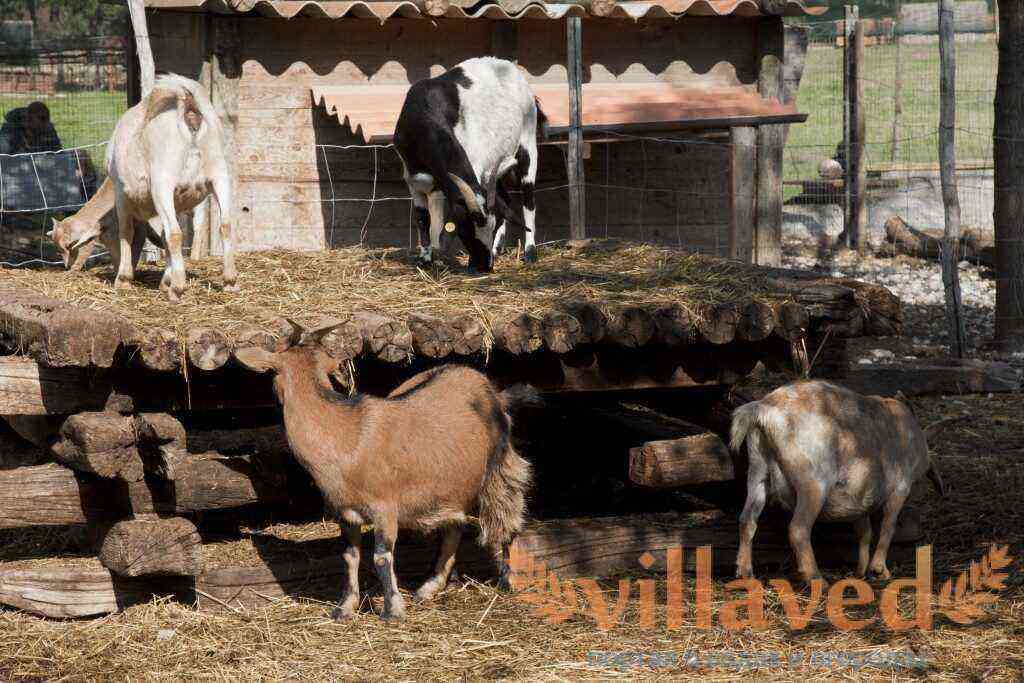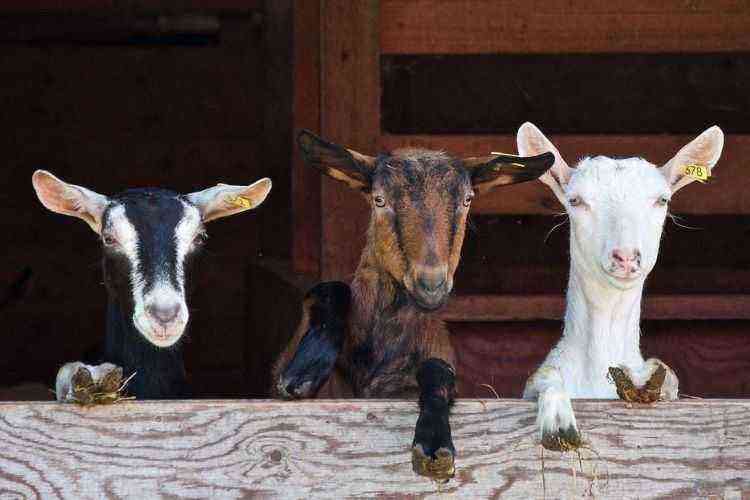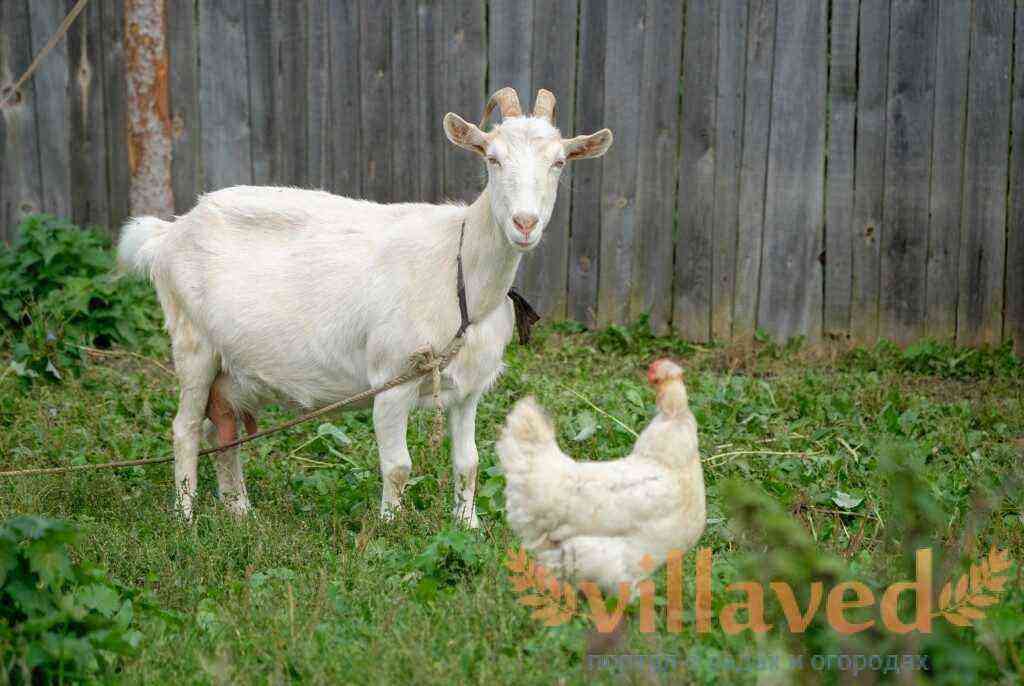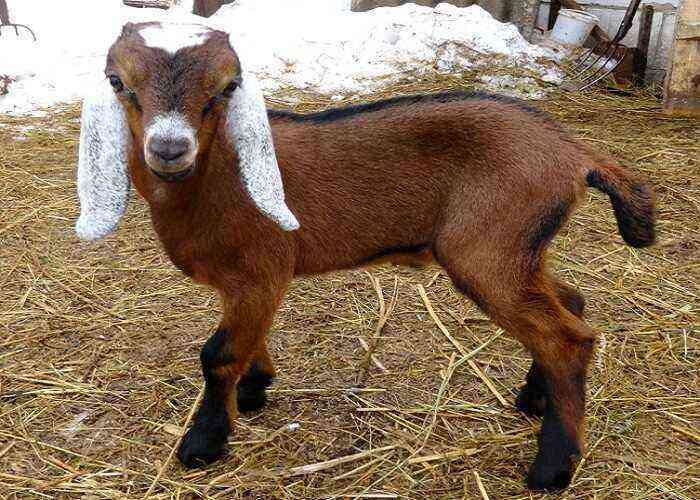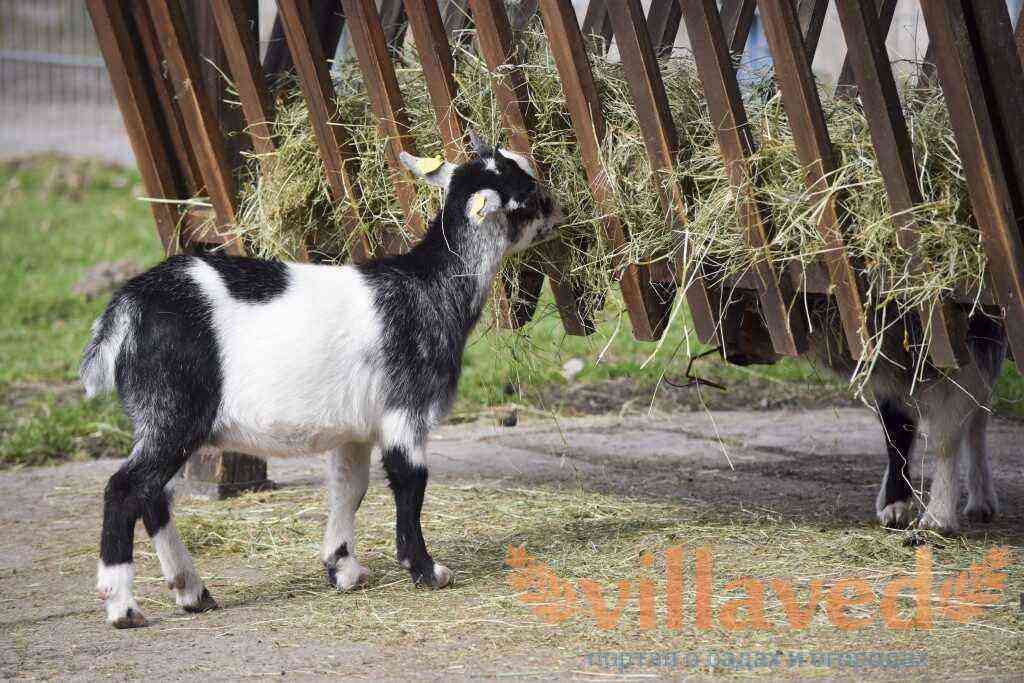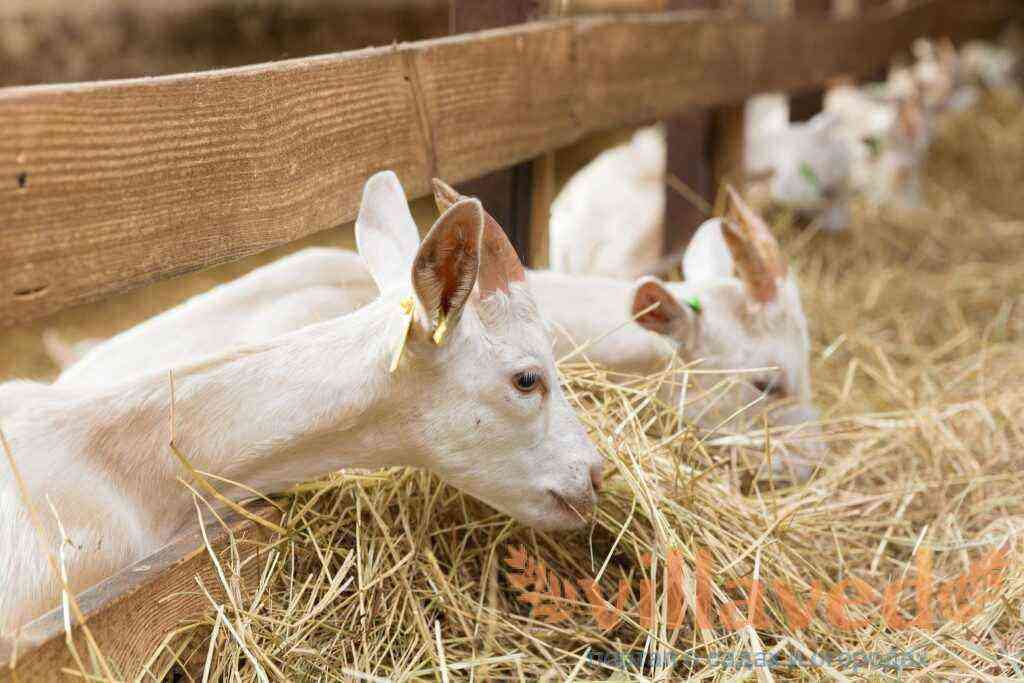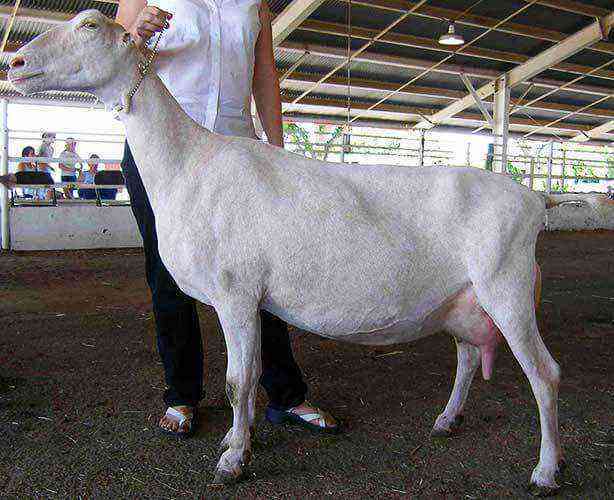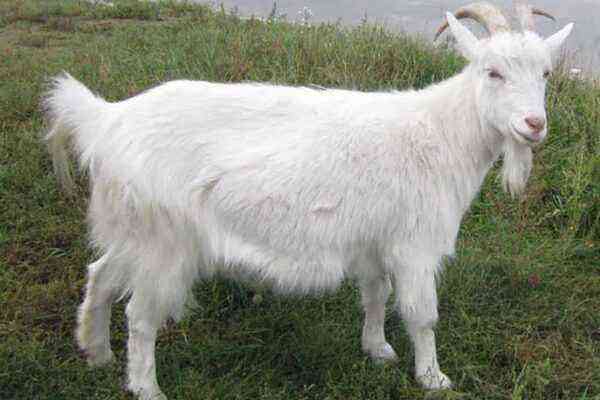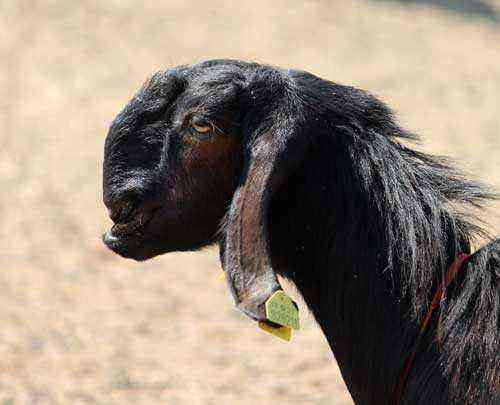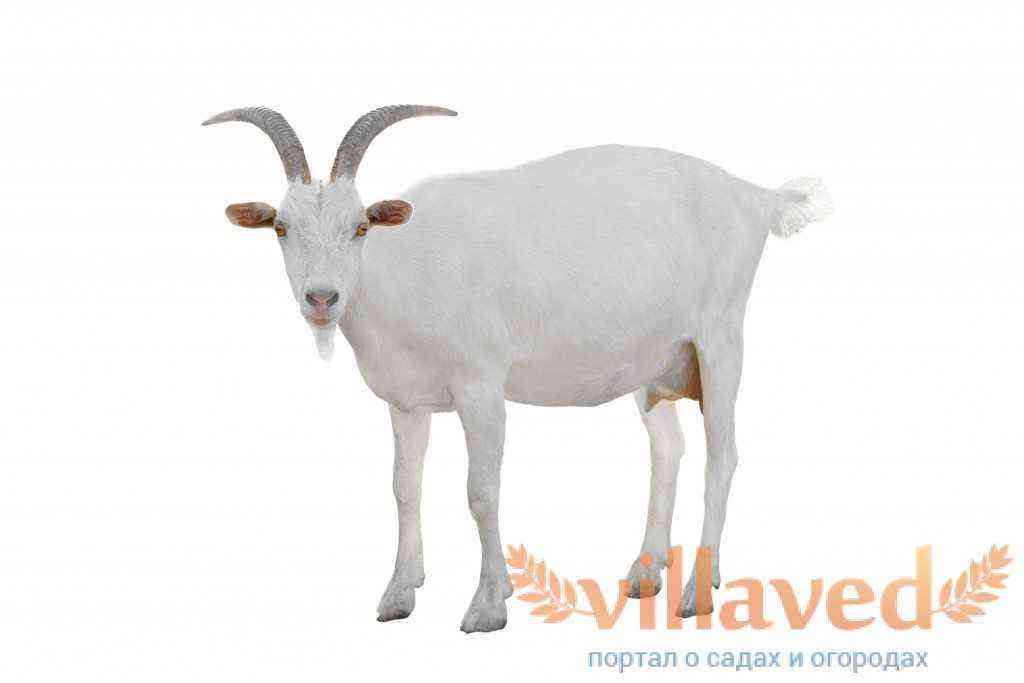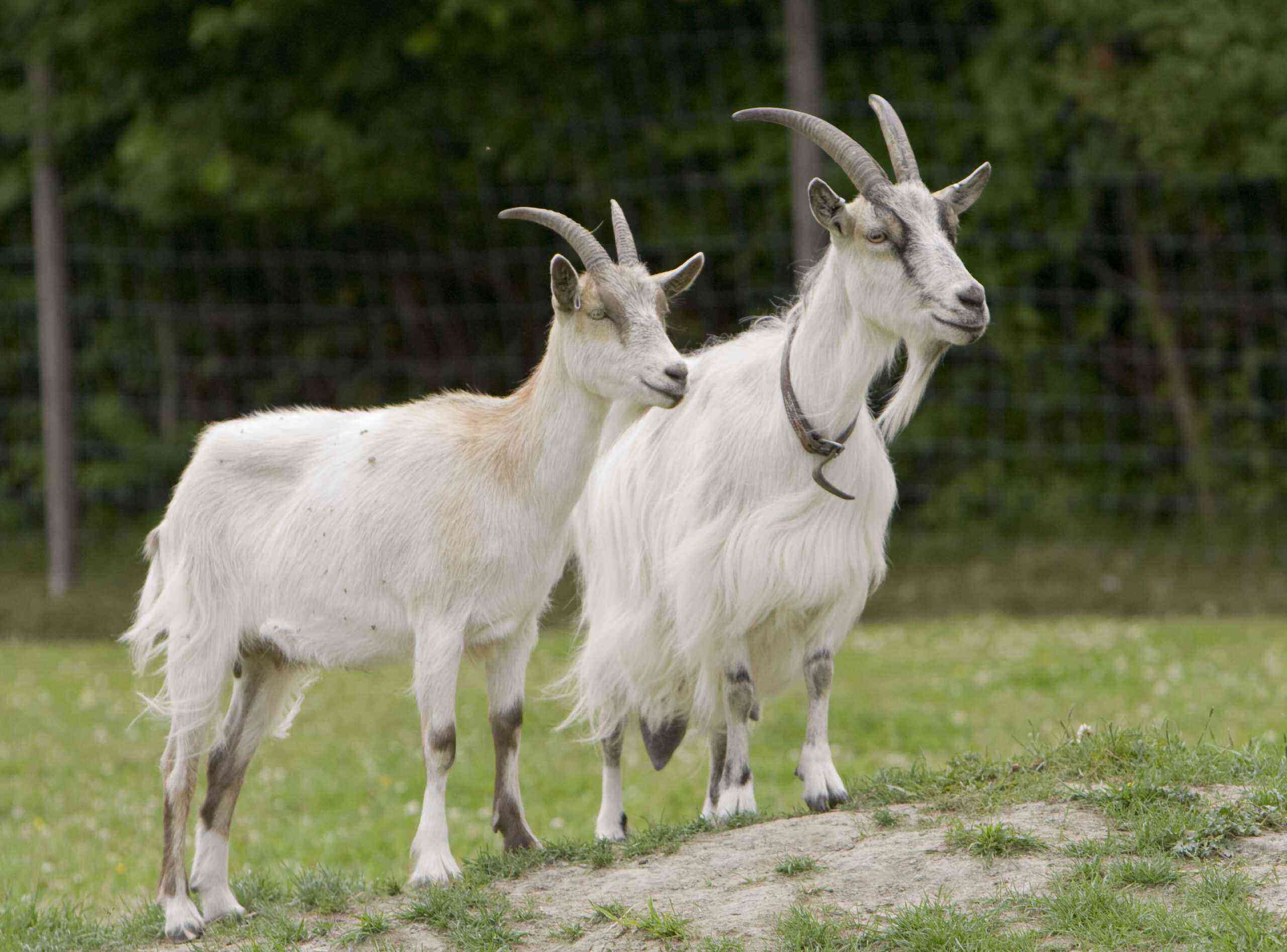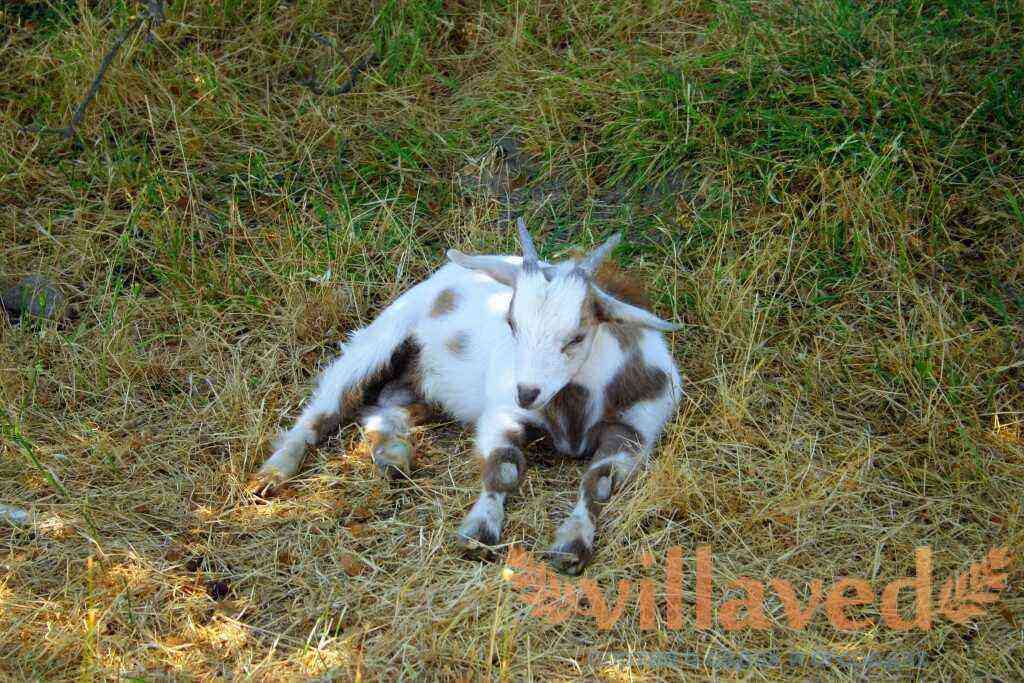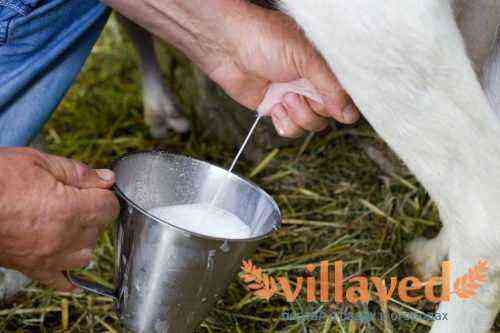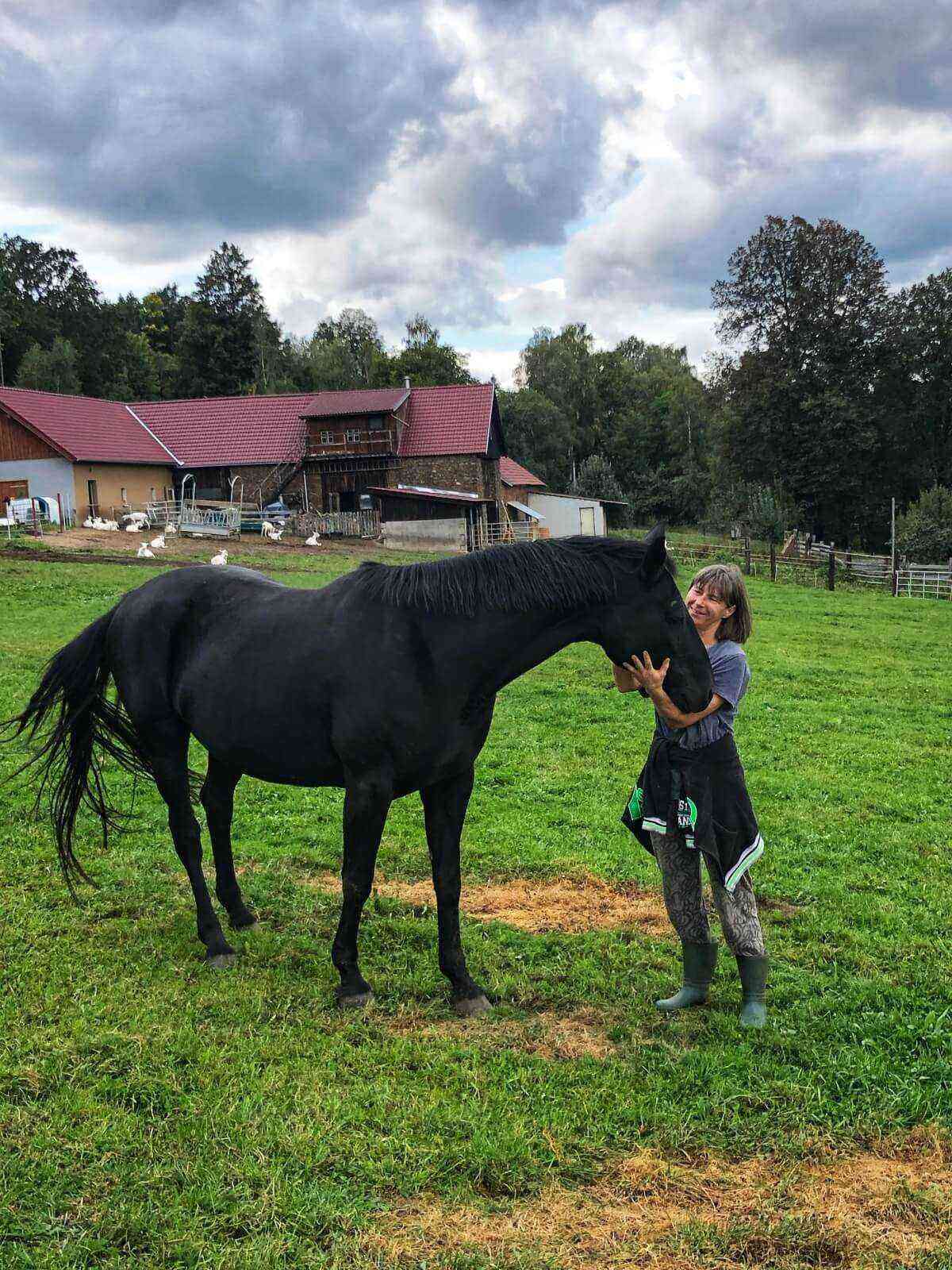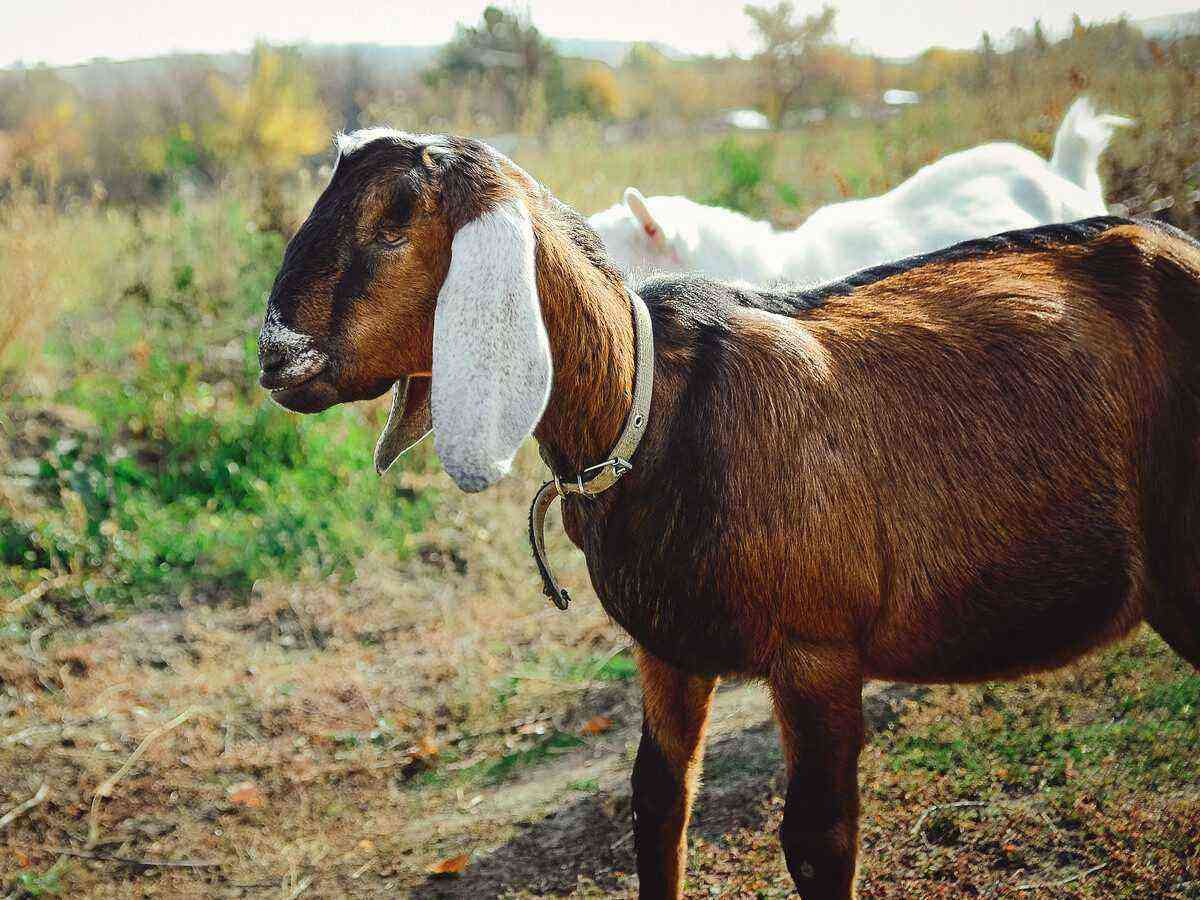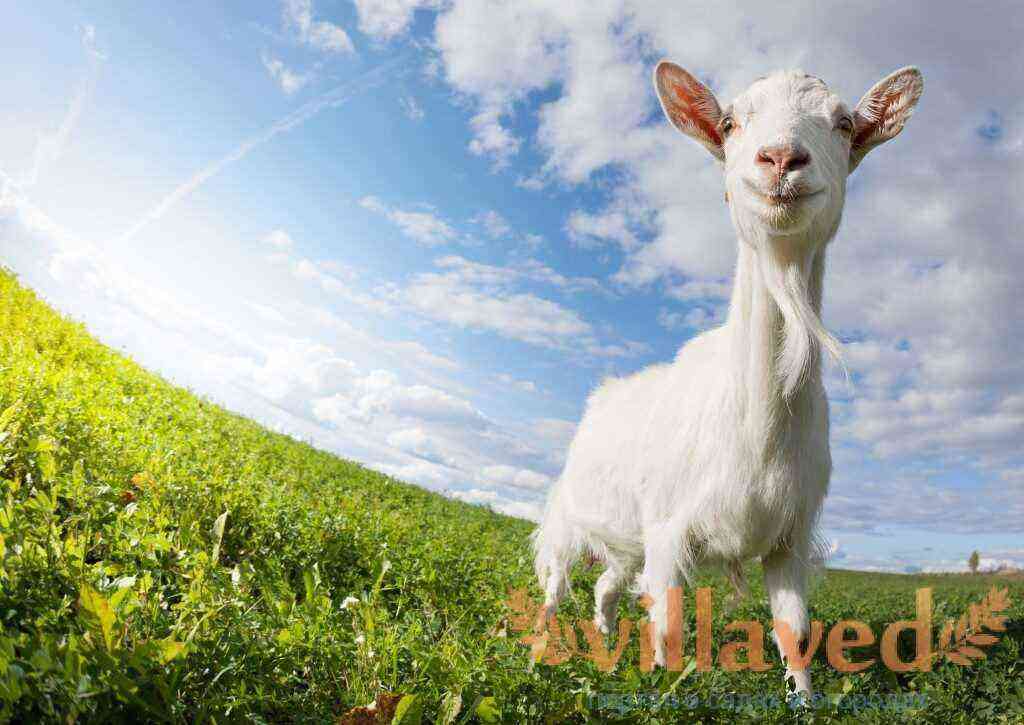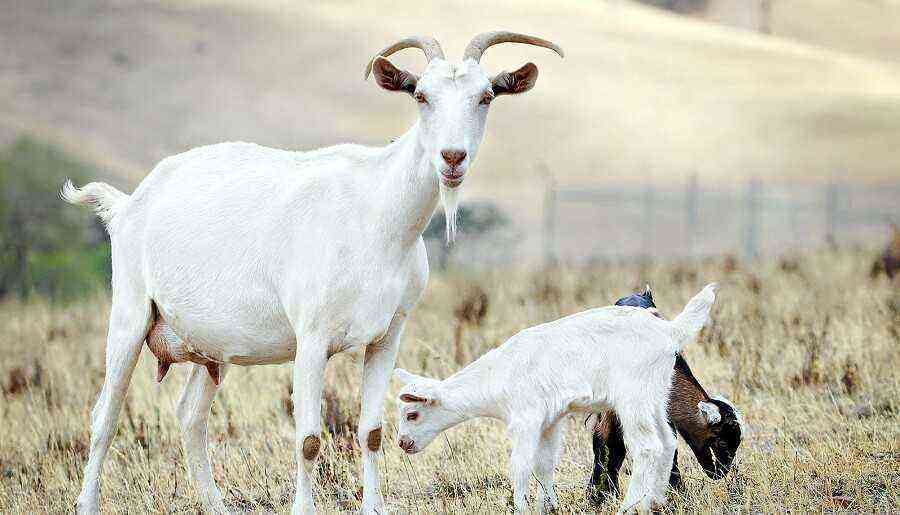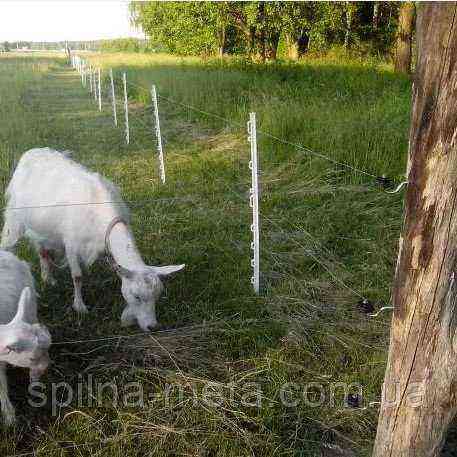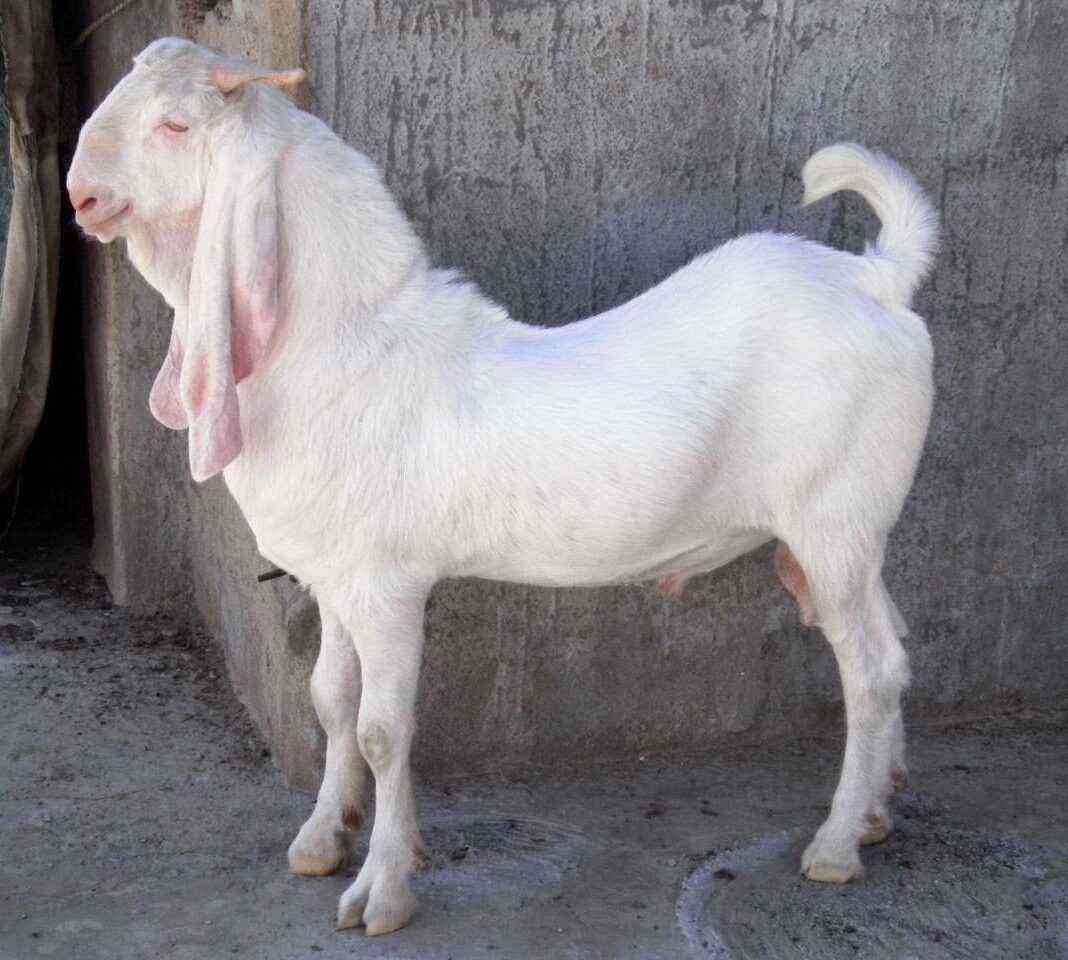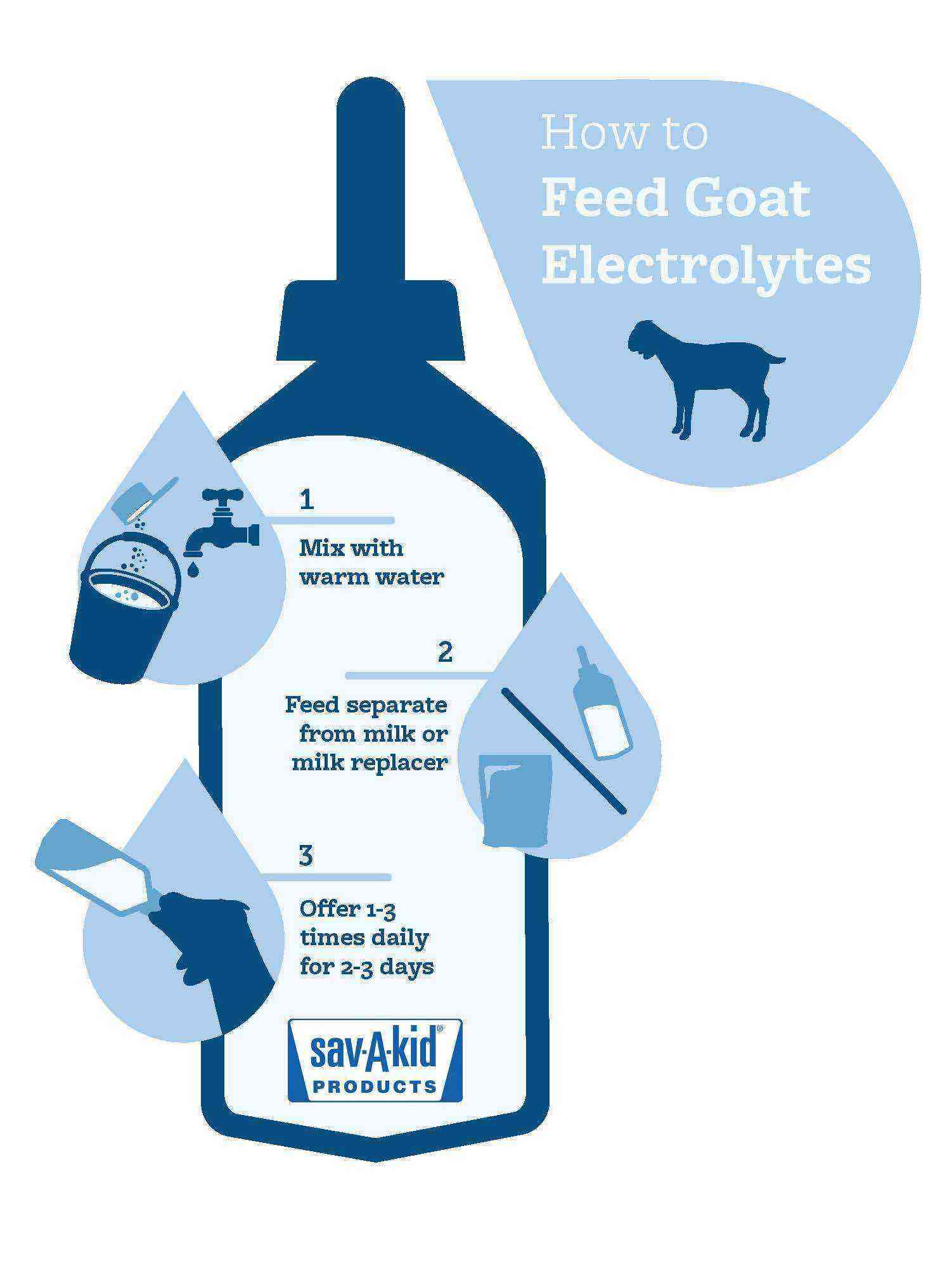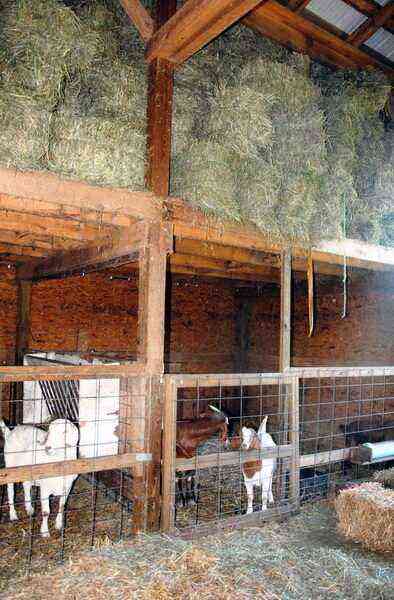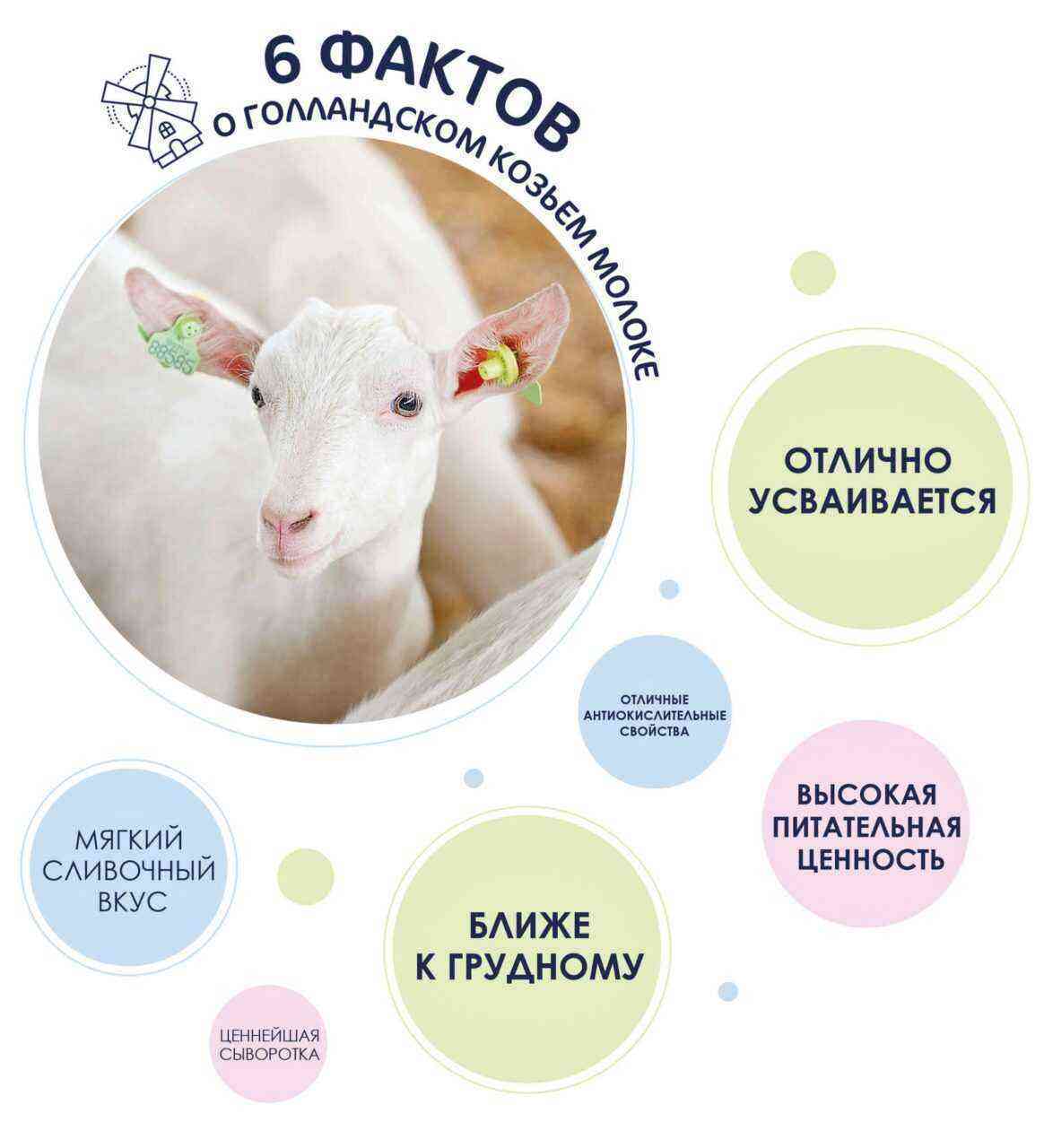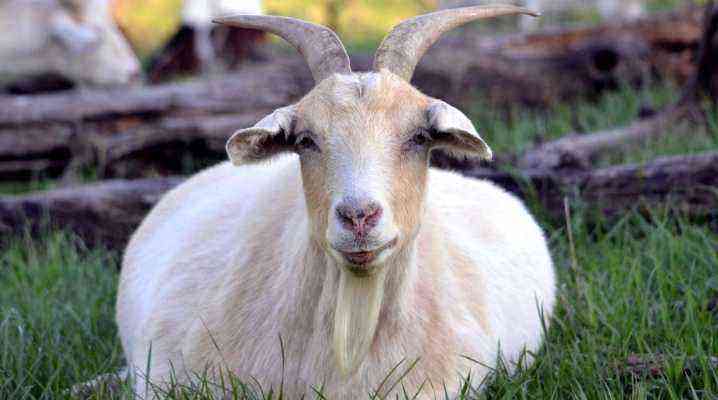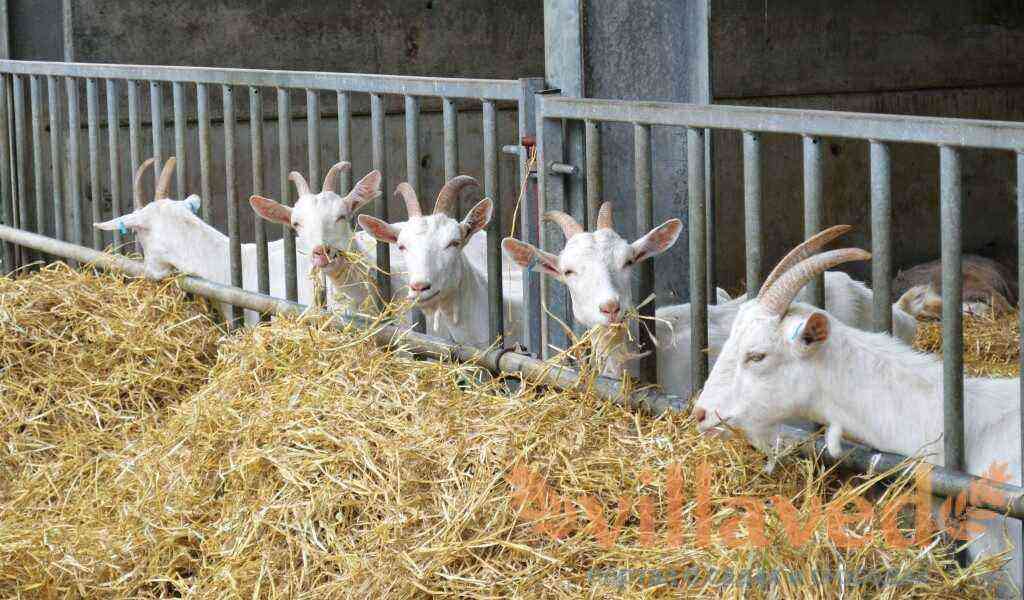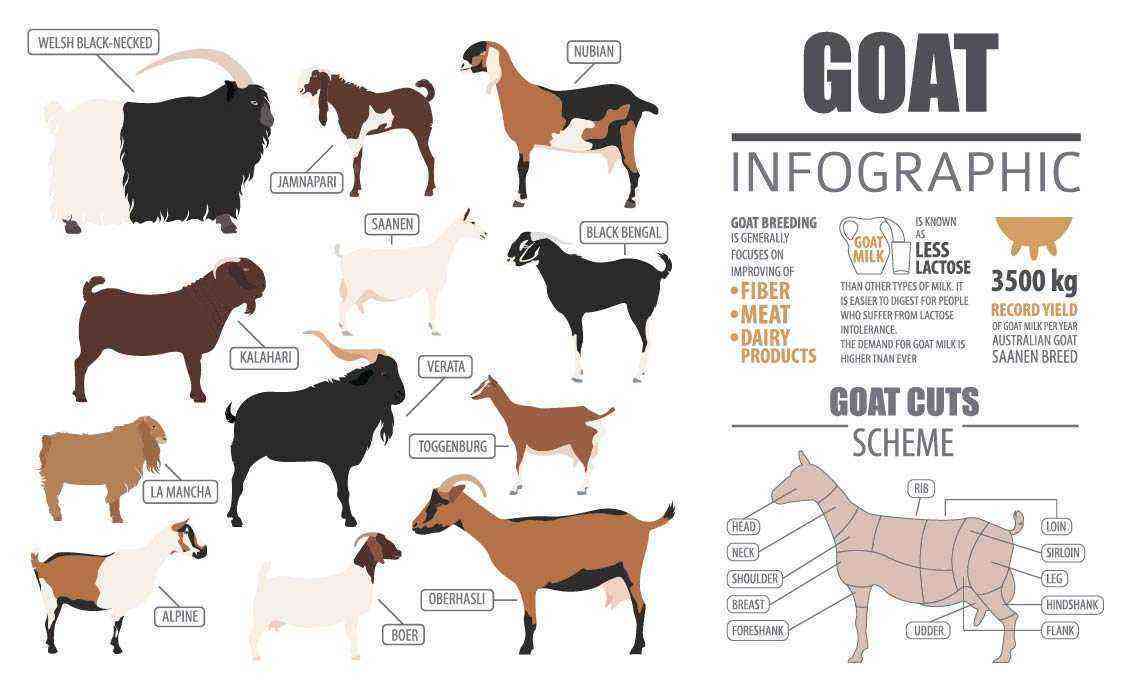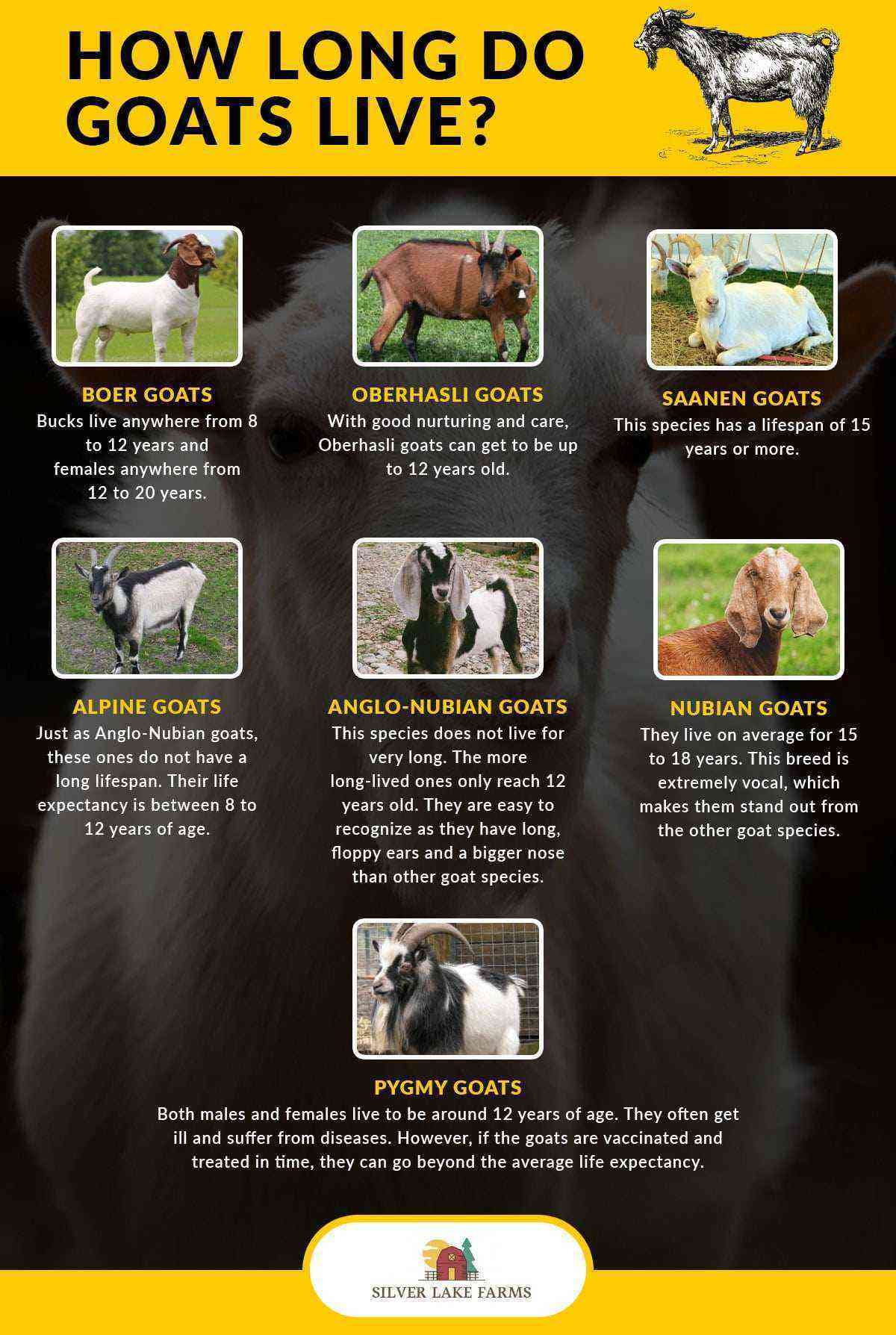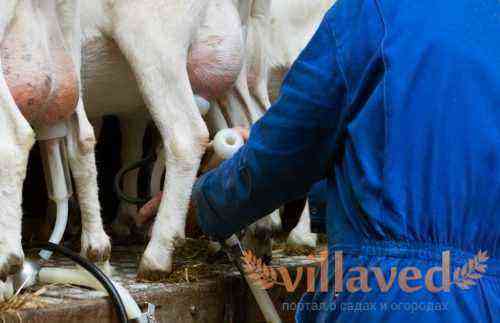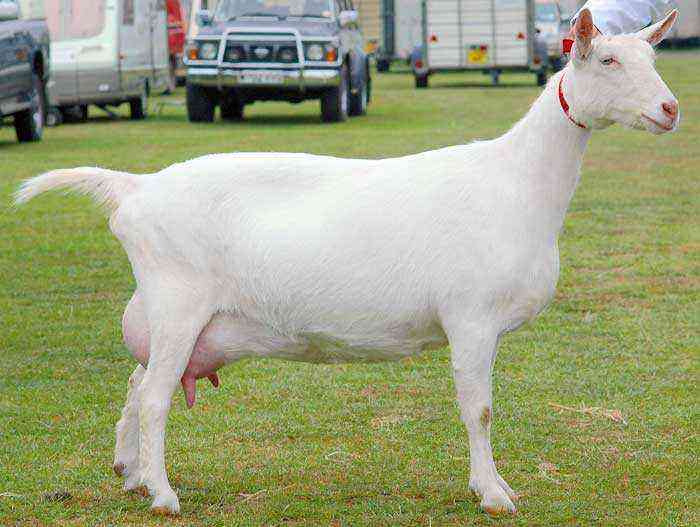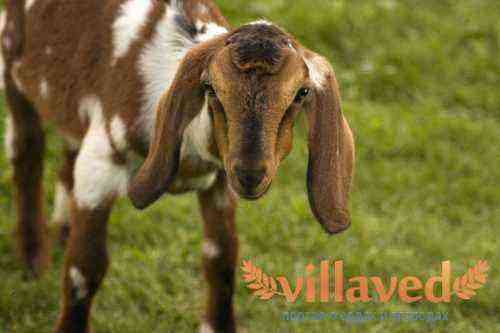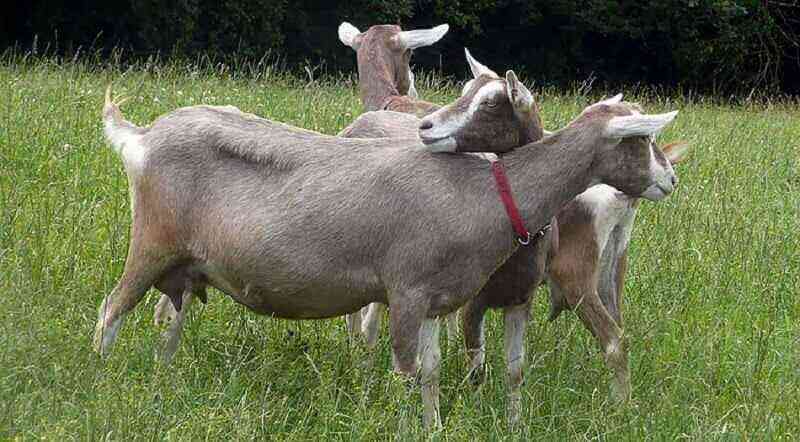Goat mastitis is a serious and dangerous disease that requires accurate diagnosis and prompt treatment. These animals are unpretentious, but this pathology, in the absence of therapy, provokes various health complications. In the most severe cases, death occurs.
Mastitis in goats: what is it?
Mastitis is a serious inflammatory process in the mammary gland of a goat (udder), accompanied by painful symptoms and endangering the life of the animal.
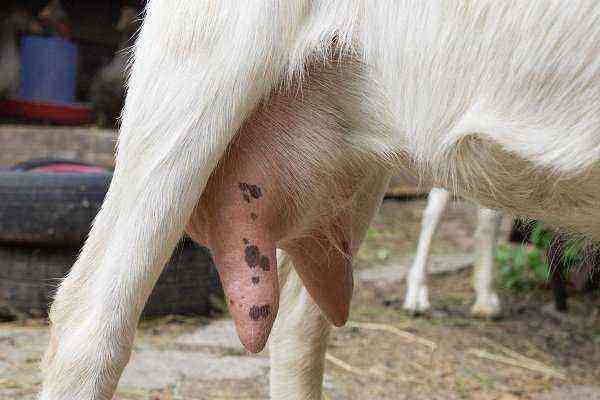
Mastitis occurs 24 hours or 30-45 days after lambing in primiparous goats. The disease affects one lobe of the udder (unilateral form) or two lobes (bilateral). As a result of the influence of a bacterial type of infection, edema develops in the tissues of the udder, and blood circulation is disturbed.
With mastitis, a goat changes not only the consistency, but also the taste of milk. The product becomes very sour, bitter and clear.
The disease occurs in acute or chronic form. In the latter case, the symptoms of mastitis do not always appear. In the acute form, the udder looks heavy and strongly swollen, the nipples or the affected lobe begin to darken.
The main causes of the disease
In a goat, inflammation of the mammary glands can occur due to milk retention. This happens for various reasons, which must be established and only after that proceed with the treatment process.
Unbalanced nutrition
The most dangerous and serious violation is overfeeding goats with concentrates. This is a ruminant, so microbiological processes in the rumen must proceed strictly at an optimal speed.
In this case, the concentrates fall onto the litter, which consists of roughage. In case of violation of cicatricial digestion, there is no contraction of the walls of the proventriculus. The degree of moisture in the food that enters the rumen is important.
If the pasture has very juicy grass, the goat must first be fed with straw or hay. This ensures the normalization of the digestion process and at the same time prevents poisoning by dangerous toxic plants, which can be consumed in large quantities by a hungry animal.
The optimal type of feed for goats is hay.
Wrong conditions of detention
For a goat, it is necessary to provide optimal conditions. If the animal constantly lies on cold and damp ground, dirty bedding, a draft or a concrete floor, severe hypothermia occurs. As a result, the immune defense of the body is weakened and the inflammatory process begins.
Infection
The disease is contagious and can be transmitted through unhygienic feeding of offspring or bedding that has been contaminated with bacteria.
There are several ways to get infected:
- through dirty bedding;
- open wounds or cuts;
- through the dirty hands of a milkmaid;
- as a result of thermal exposure – for infections, elevated temperatures are the best conditions for activation.
Permanent diseases and beriberi sharply lower the immunity of goats.
Violation of zoohygienic requirements for milking
Incorrect milking and hygiene processes, which include the following, can provoke the onset of inflammation of the goat’s udder:
- using a dirty towel;
- low quality water;
- milking by “pinch”;
- neglect of both the preliminary and final udder massage.
With frequent change of milker and rough handling, inflammation occurs. If you keep sick and healthy animals together, the risk of infection with mastitis in dairy goats increases.
Too much exploitation is the main reason for overloading the udder texts. Before the next lactation, it is restored. That is why it is necessary to launch approximately 70-80 days before the expected birth.
The milkmaid’s neatness and cleanliness can prevent the onset of mastitis.
Inflammatory processes in the internal organs
Various postnatal complications are accompanied by an inflammatory process (for example, endometritis, vaginitis, delay after lambing). As a result, the spread of conditionally pathogenic microbes to the udder begins through the lymphatic ducts. It gets infected.
Udder damage
A variety of mechanical damage to the udder can cause the development of mastitis. Cuts or bruises of the glands occur accompanied by inflammatory processes. During a fight between relatives, the udder can be injured, which will provoke the occurrence of mastitis.
Other factors
Other risk factors for mastitis include:
- skin burns as a result of prolonged exposure to the sun;
- severe hypothermia;
- various colds;
- udder injury due to incorrect milking technique;
- lack of useful substances in the body of an animal;
- non-compliance with sanitary standards (uncleaned excrement, dirty bedding, etc.);
- serious infections that have not been seen before.
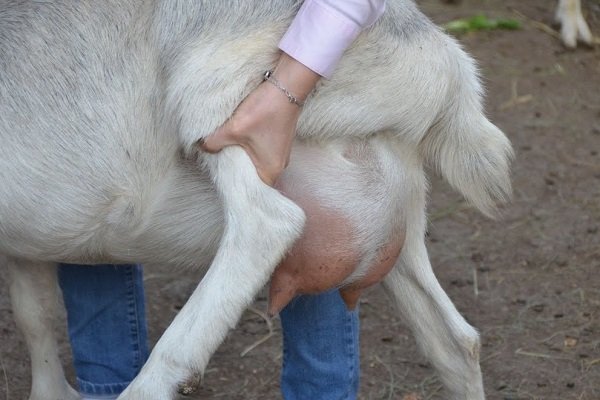
Signs for self-diagnosis of udder inflammation
Mastitis is one of the dangerous diseases that require immediate treatment. It is important to know the main symptoms that appear in the initial and later stages. Each specific form of mastitis may be accompanied by characteristic signs.
Common symptoms characteristic of all forms
There are common signs that appear with different forms of mastitis:
- increases greatly, then one of the udder lobes becomes red;
- during probing, hardening of the gland becomes noticeable, which is inflamed, there is no plasticity, seals are formed, rapidly increasing in size;
- blood impurities in the milk of a sick animal;
- the volume of milk yield is sharply reduced;
- the quality of milk deteriorates – mucous clots are noticeable in it, the product itself becomes translucent or cloudy;
- if you boil milk, it will quickly turn sour, during settling, a precipitate appears in the form of blood clots or flakes.
At the beginning of the development of mastitis, the general condition and well-being of the animal deteriorates sharply. The goat looks tired and has a fever. When touching the udder, the animal experiences severe pain.
subclinical
The most common and dangerous form, which can also be called hidden. Approximately 70-80% of cases of diseases occur in this species. Often, the owners of the farm are not even aware of the infection of the animal, since there is no pronounced clinical picture with latent mastitis, but the disease does not go away without consequences.
Productivity decreases sharply, the collected milk turns sour rather quickly and its taste deteriorates sharply.
To confirm the diagnosis, a special bacteriological examination of milk is carried out. With the help of bacterial seeding, the presence of microorganisms in the milk and a specific strain are determined. The sensitivity of bacteria to specific antibiotics is established and the correct and individual treatment is selected.
Even if all storage standards are observed, milk turns sour about a day after milking.
Sharp
The most dangerous variety, which brings a lot of trouble to both the animal and its owner. The main signs of manifest mastitis are elevated general temperature. Milk appears ichor, lumps and flakes. A characteristic feature is that the goat tries to constantly and spread its legs as wide as possible.
The causative agents of acute mastitis are anaerobic bacillus, pasteurella, streptococci or pathogenic staphylococcus, which develops about a month after lambing in the nipples of a goat.
With this form of the disease, the animal shows the following symptoms:
- the udder becomes very hard and greatly increases in size;
- lymph nodes are hypertrophied;
- milk yield drops sharply (in the most severe cases it stops completely);
- observed local and general hyperthermia;
- instead of milk, a watery liquid of a reddish hue begins to stand out;
- the color of the gland changes, it becomes purple, and over time a bluish tint appears.
In the absence of proper treatment of mastitis, the animal begins to develop udder gangrene. The result is septic inflammation and death of the goat.
Chronic
This form is the result of untreated acute mastitis or subclinical exacerbation. The same signs appear as with a latent course.
Subspecies
There are other variations of mastitis:
- Purulent. The course of the disease in an acute form, purulent secretions are formed in the udder, inflammation appears on the skin of the udder.
- Serous. Swelling of soft tissues, which occurs as a result of the accumulation of bacterial fluid between the alveoli.
- Hemorrhoidal. Violation of the blood supply in the udder and the formation of a large number of bruises in the future.
- Catarrhal. On the first day after lambing, this type of mastitis appears. Characteristic signs are painful and very strong redness and inflammation of the udder tissues.
What is false mastitis and how to deal with it?
Edema of the udder, which is also called the breast, is often mistaken for mastitis. An imaginary or false mastitis is manifested by a strong coarsening of the mammary gland. Milk flow is significantly hampered. However, there are no bloody or watery discharges in the milk.
When these signs appear, you need to pay attention to the sediment of sour milk. If there are no extraneous secretions or impurities (flakes, etc.) – this is an imaginary mastitis.
This form of the disease is not accompanied by inflammation and bacterial infection.
Methods of treatment
For treatment, modern medicines and time-tested recipes of traditional medicine are used. The choice of a specific remedy directly depends on the severity and type of the disease.
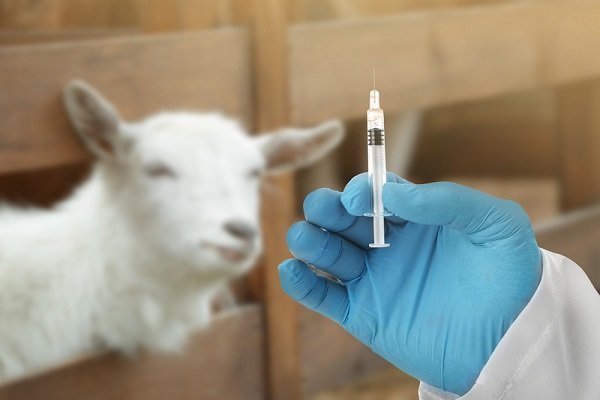
official veterinary medicine
The treatment of mastitis in goats is based on the use of antibacterial drugs to suppress bacteria. Means are administered intravenously (into the inflamed lobe of the mammary gland) and intravenously.
The treatment regimen involves a combination of homeopathy and effective new generation antibiotics. The result is a complete recovery of the animal.
Antibiotics are administered intramuscularly. During therapy, the veterinarian prescribes the following remedies:
- Doreen. 300 mg (1 bottle) is diluted in water for injection (strictly according to the instructions and recommendations of the doctor). Once a day, an injection is given.
- Cefazolin. In 5 ml of novocaine, 1 g is diluted. The drug is administered twice a day.
- Cobactan. 3 ml (1 ampoule) single dose. Entered once a day.
- Penicillin. 50 thousand units combined with 0,5 g of Streptomycin. The resulting composition is diluted in novocaine (according to instructions). The agent is administered twice a day.
- Thread-with 200. For 10 kg of animal weight, 1 ml of the drug is taken. The agent is administered once every 2-3 days.
Intra-exchange agents are introduced only after a thorough milking. Before use, the bottle must be warmed in the palm of your hand (the product must be at body temperature).
Adjuvant therapy is also prescribed:
- Cobactan. This is a universal remedy that is used to treat any form of mastitis. Used 3-5 times. Between each introduction there is a daily break.
- Mammafort or Kloksamast. Suitable for the treatment of a latent form of the disease. Entered only once.
Physiotherapeutic procedures
These methods are used on small farms, as they are expensive. Today, physiotherapy for mastitis in goats is among the experimental treatments. This is due to the fact that goat breeding is not as popular on the territory of the Russian Federation as in other countries.
After confirming the diagnosis, the veterinarian prescribes the following procedures:
- breast massage;
- wraps with clay;
- exposure to an infrared lamp on the surface of the udder.
During the massage, it is necessary to rub various healing ointments into the skin. These agents include antibacterial, ichthyol or Vishnevsky ointment.
With fibrous and gangrenous form, massage is contraindicated.
Folk remedies
With this disease, the formation of ball-shaped seals begins inside the udder, which the farmer can eliminate on his own with the help of massage. When the formations do not decrease in size and begin to boil, it is worth using ichthyol ointment, as it quickly draws pus out of wounds.
For the treatment of an inflamed udder, it is useful to use easy-to-prepare decoctions and infusions. The following compositions showed the greatest efficiency:
- Mix calendula flowers with petroleum jelly in a ratio of 1:5. The inflamed areas are lubricated with the resulting remedy three times a day. Store the finished ointment in a tightly closed container in a dark and cool place.
- To prepare a decoction, take dill seeds (10-20 tablespoons) and pour boiling water (50 liters). Add sugar (2 tablespoons) and leave for three hours so that the product is well infused. The animal should drink one bucket of decoction per day. The duration of treatment is 7-12 days, depending on the condition of the goat.
How do you treat mastitis in a goat?
drugs
56.25%
Folk remedies
43.75%
Physiotherapy
0%
My goat didn’t have mastitis
0%
Show results
Voted: 16
Goat care after recovery
After a severe illness and antibiotic treatment, the animal is susceptible to various diseases for some time. The immune system is weakened, so the skin needs increased attention and quality care.
It is worth taking care of the habitat of the animal:
- if necessary, disinfect the premises;
- perform general cleaning;
- close up all the cracks in the walls so that there is no draft in the room;
- replace poor flooring with wood, as it retains heat better;
- protect the premises from small pests that can be potential sources of various diseases.
With special attention you need to approach the preparation of the diet. Animal nutrition should be complete and varied. It must contain:
- fresh hay – at least 4 kg per day;
- root vegetables and fruits – apples, carrots, potatoes, pears, cabbage;
- natural vitamin products – salt, ground cereals, chalk.
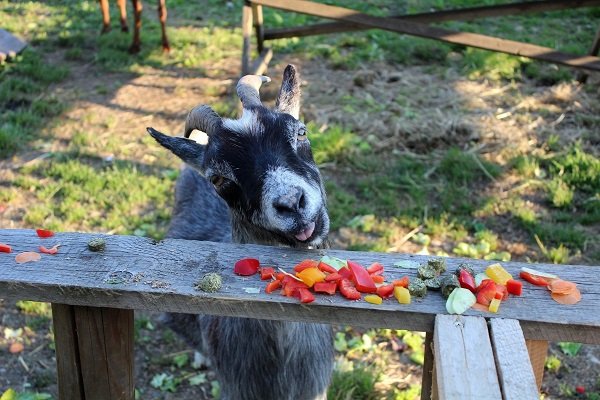
Every five hours it is necessary to change the water in the drinkers and pour fresh water. Before adding clean, be sure to wash inventory.
The use of complex vitamin and mineral formulations, for example, Trivit or Tetravit (strictly according to the instructions), will help speed up the recovery of the animal after the disease.
What are the complications?
The biggest problem with mastitis in goats is associated with an exacerbation of the chronic form, which can occur after lambing. Among the complications is the chronicity of the process, if the wrong treatment was used.
The duration of rehabilitation takes at least one month. During this period, it is worth giving up milk obtained from an animal that has recently been ill. Only after conducting express tests for the presence of latent inflammation is it permissible to eat products from this animal.
In the most severe cases, death occurs.
Preventive measures
To minimize the risk of infection of an animal with mastitis, simple measures will help:
- the complete end of milking, since after decanting all the remnants of the product, its future decomposition in the udder does not occur;
- changing the bedding in the barn every day (prevents the development of a bacterial environment);
- in snowy or rainy weather, you can not walk the animal;
- insulation of the barn before the onset of cold weather;
- teats are disinfected after milking;
- a few months before lambing, a goat is launched;
- regular treatment of the nipples with a simple vaseline ointment prevents the formation of ulcers and cracks through which dangerous microorganisms enter the udder;
- periodic examinations at the veterinarian (at least once every three months);
- proper and nutritious nutrition, which should include root crops and roughage.
Before milking, it is useful to carry out a light massage of the mammary gland. The procedure is very simple to perform and does not take much time:
- Rinse the udder well with warm water and dry with a clean towel.
- Massage each half of the udder separately – take it with both hands and perform stimulation on each side.
- Slightly pull up the gland and squeeze, then lower it down.
- Repeat this manipulation at least 4 times.
Is it possible to drink the milk of a sick goat?
During the treatment of mastitis, there is a sharp decrease in the production of goat milk. In some cases, it stops altogether. Only after the next birth does it become possible to milk the female again.
Many farmers do not pour milk from a sick goat, but find a use for it:
- boil, then give to other animals;
- added to various cosmetics.
Veterinarians do not recommend eating it for people, as it contains harmful waste products of bacteria. Such a product can provoke severe poisoning in a person.
You can not use the milk of a sick goat for feeding. Otherwise, the young will be far behind in development and constantly suffer from digestive disorders, often get sick. All this is the result of a weakened immune system.
Despite the fact that mastitis is a dangerous disease that can lead to unpleasant consequences, the animal is easy to cure. The main thing is to notice the disease in a timely manner and seek help from a veterinarian who will prescribe effective therapy.

